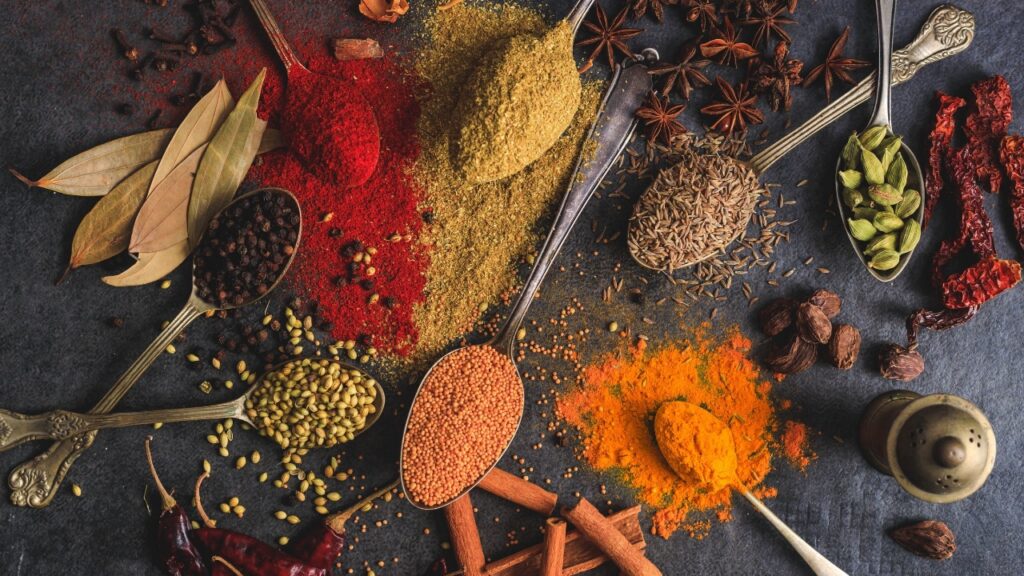The wine aromas come from the grapes, the winemaking process, or develop during maturation or aging. In addition, they are natural and no flavoring is added to the wine.
Therefore, to describe them well, it is important to understand their origins, how they form, how they are classified, and the message they transmit.
Wine and friends are a great blend.
-Ernest hemingway
Jump To Section
How to Identify Wine Aromas
You can also watch this and other exclusive GA Originals on YouTube. Click on the video and subscribe to our channel.
Humans perceive flavors not only through taste but also through the stimulation of olfactory cells.
The senses of smell and taste work together to give us a combination of flavors and aromas.
In the perception of the wine aromas, it is no different. From the moment there is an olfactory stimulus, an aroma is identified.
On the other hand, aroma molecules vaporize towards the nasal cavity and because they are hydrophilic, are attracted to water molecules in the olfactory mucosa, which is composed of olfactory cells responsible for the perception of smells.
These cells send impulses to the nervous system, which passes through the olfactory bulb, where the elaboration of smell impressions takes place.
Upon arriving at the olfactory cortex, these olfactory impressions will be discriminated, interpreted, recognized, and memorized, allowing speech, that is, the description of the aromas that have been identified.
The aromas in wines are divided into Primary, Secondary, and Tertiary.
The primary aromas originate from the grapes and represent aromas of fresh, citrus, and tropical fruits, as well as flowers.
They are natural compounds of plant origin, like methyl anthranilate – such as strawberry smell; ionone beta-violet scent; IBPM-isobutyl-methoxypyrazine, most known as Pyrazine, which is green bell pepper aroma.
Aroma Classification

Primary aromas
The primary aromas are also related to terroir — soil type, climate, and topography. In addition, the year of harvest and grapes ripening point promote their presence.
Usually, they are noticeable in young wines and some grape types, like Moscatel and Gewurztraminer.
Secondary aromas
The secondary aromas are from the yeasts that are working during the fermentation process, making the wine richer in chemical compounds.
It includes secondary aromas: Dairies, like milk, yogurt, fresh butter, and cheeses. Also, Fermented scents like toasted bread, bread crumbs, toast, and brioche.
Tertiary aromas
The tertiary aromas are oak barrels that add aromatic substances and tannins and promote elegance, complexity, and micro-oxygenation that stabilizes and decants the wine solids. The most common tertiary aromas are wood, dried fruits, earthy as organic matter, spices like pepper and vanilla, complexes like Honey and Minerals, and empyreumatics that resemble smoke, smoked, coffee, chocolate, or cigars.
The aromas reveal the wine’s identity, like grape type, terroir, and whether or not it passed through barrels during its maturation. A trained nose can identify all these details.
Did you like this article?
I hope this article has helped you improve your skills. To learn more, take a look at Sauvignon Blanc: The Enthusiast’s Guide To Wine Lovers.
Leave a comment below and share our content.
Help our community grow by following our social media on Spotify, Instagram, Facebook, Youtube, and Tiktok. And stay up to date with the news from the world of Gastronomy.
Don’t forget to tag @gastrovinoacademy on Instagram and hashtag it #gastrovinoacademy.
Cheers 🍷



I was pretty pleased to discover this web site. I want to to thank you for your time for this fantastic read!! I definitely really liked every bit of it and I have you book marked to see new things on your web site.